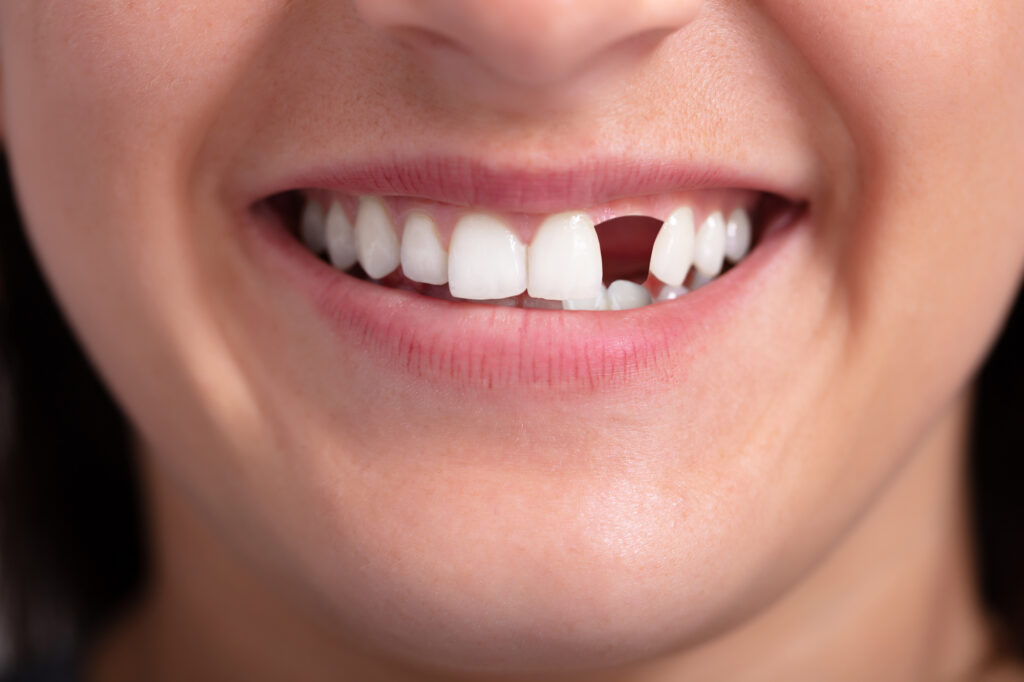Use it or Lose it
Did you know that many dental insurance benefits and flexible spending accounts (FSA/HSA) reset at the end of the year? If you don’t use them, you lose them! That’s why now is the perfect time to start your orthodontic journey at Pobanz Orthodontics.
Offer ends 12/31/25.





